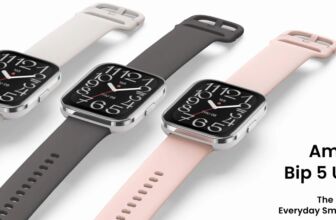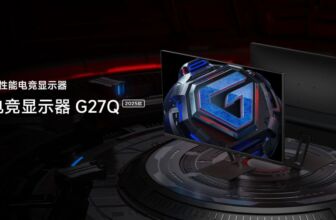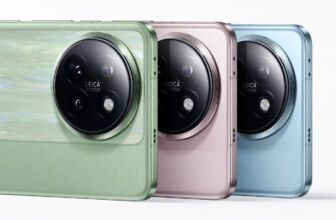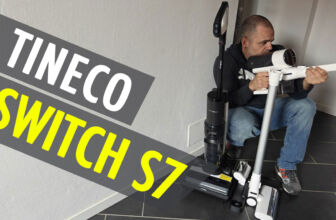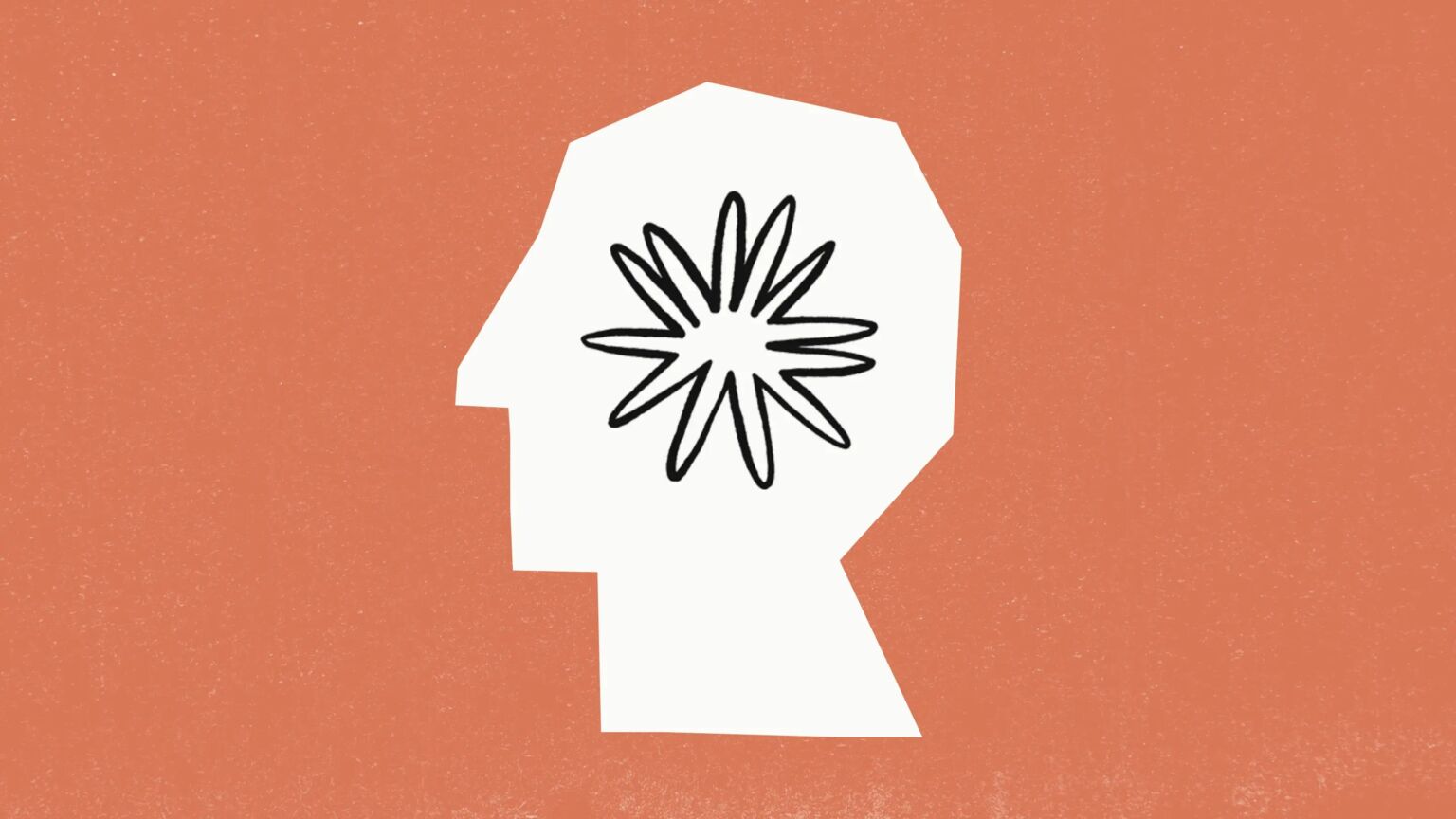
After Claude's announcement 2.1 in November last year, Anthropic presented the new version today Claudia 3. With three: variants, Haiku, Sonnet e opus, this new generation adapts to different needs, offering an optimal balance between speed, Costs e power computational. Here's everything you need to know about the new AI model.
All the news about Claude 3 by Anthropic
The Claude 3 family introduces three distinct models, (just like Google Gemini) each designed to meet specific needs and applications. Starting from Haiku, the most accessible and fastest, ideal for operations that require speed, up to opus, the intelligence giant, setting new records in advanced understanding and analysis. Sonnet, positioned in the center, cleverly balances speed and cognitive abilities, making it perfect for a wide range of activities.
Specifically, praise goes to Opus, which stands out for its exceptional performance, outperforming other models in evaluation tests ranging from basic academic knowledge to complex reasoning at postgraduate level. This model demonstrates one almost human understanding and fluidity in highly complex tasks, positioning itself at the forefront of artificial general intelligence.
A notable feature of all Claude 3 models is their versatility linguistics, with advanced interaction capabilities in languages other than English, such as Spanish, Japanese, and French. This significantly expands their scope beyond English-speaking borders, allowing for a globalization of access to artificial intelligence.
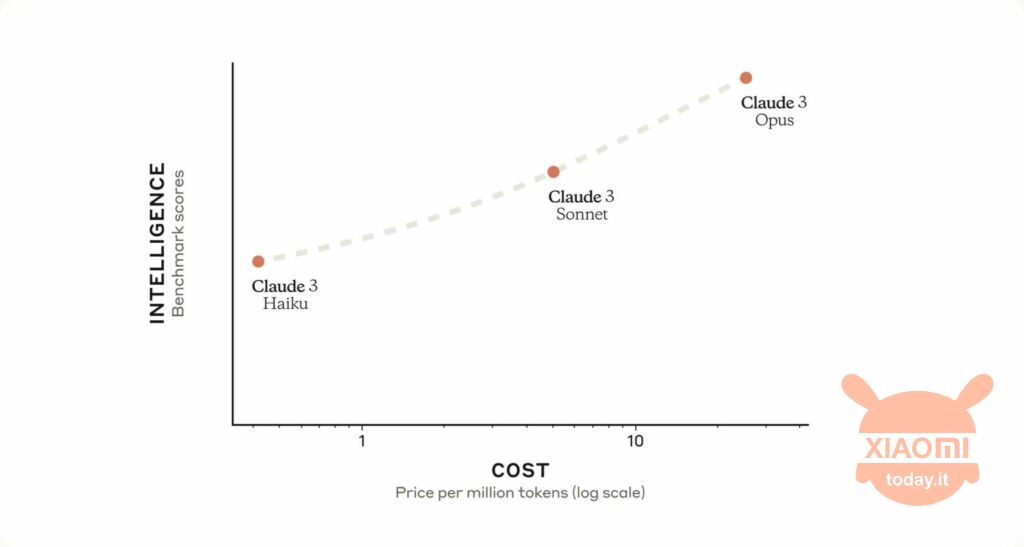
The efficiency of Haiku in processing information-dense documents in less than three seconds it demonstrates a qualitative leap in processing speed, promising even more significant future improvements. Sonnet, offering a double speed compared to previous generations by Claude, is perfectly suited to contexts that require quick and informed responses, such as customer support or sales automation.
Another revolutionary aspect of the Claude 3 models is their ability to process and interpret a wide range of visual formats, including photos, graphs, technical diagrams and flowcharts. This visual expertise opens up new possibilities of use, especially for companies managing knowledge bases in non-textual formats.
The improvements in intelligence and contextual understanding of the Claude 3 models result in a fewer unjustified rejections of requests, a known problem in previous generations. This advancement indicates greater sensitivity and precision in discerning potentially problematic requests from harmless ones, improving user-model interaction.
Finally, the responsible design of the Claude 3 models reflects a deep commitment to safety and reduction of bias, addressing challenges such as disinformation, misuse of biological technologies, and election interference. The design approach takes into account the need for balance between technological advancement and ethics, aiming at increasingly neutral and prejudice-free models.



